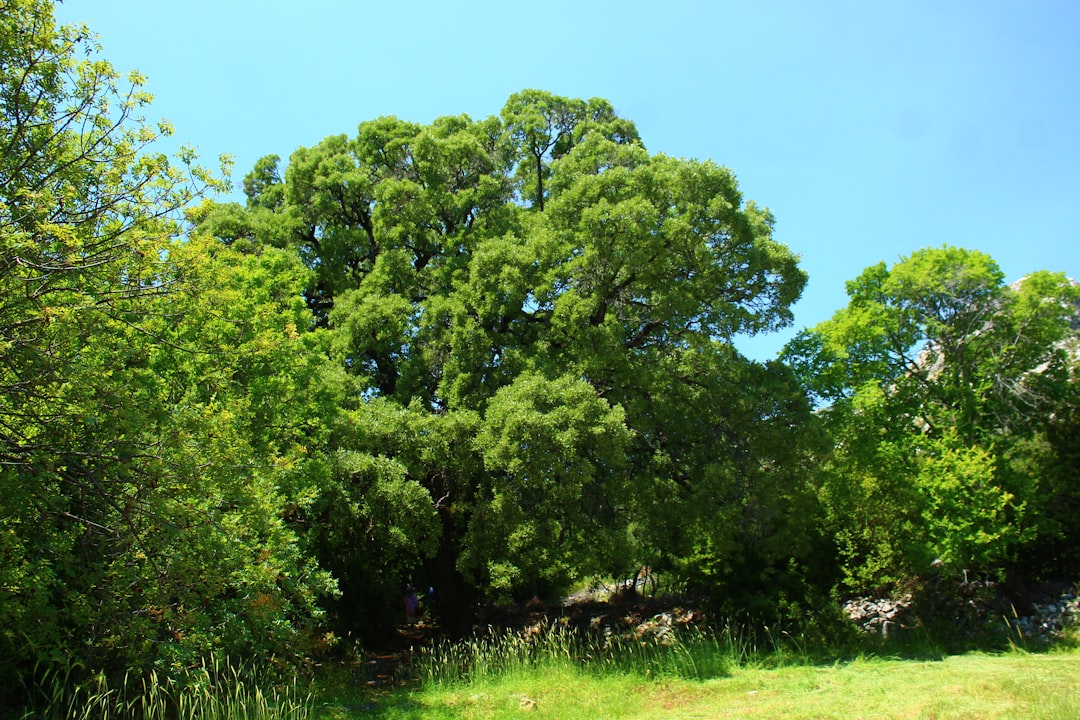Unveiling the Secrets to a Winter - Resilient Lawn

As the chill of winter approaches, many homeowners find themselves concerned about the well - being of their lawns. After all, a lush, green lawn is not just a source of pride but also an essential part of a beautiful outdoor space. Lawn care experts have shared a comprehensive list of dos and don'ts to protect your grass from winter damage, ensuring that you can enjoy a greener, healthier lawn come spring.
One of the most crucial dos is to continue mowing your lawn until the grass stops growing. However, it's important to adjust the mower height. Instead of the regular summer setting, set your mower to a slightly higher level. This helps the grass to better withstand the cold and snow. Longer grass blades can trap heat and provide insulation for the roots, protecting them from freezing temperatures. For example, if you usually mow your lawn at 2 inches in the summer, consider raising it to 2.5 - 3 inches as winter nears.
Another important do is to fertilize your lawn in the fall. A slow - release fertilizer rich in potassium can significantly enhance the grass's ability to tolerate cold. Potassium strengthens the cell walls of the grass, making it more resistant to damage from freezing and thawing cycles. Apply the fertilizer according to the manufacturer's instructions, usually around late September or early October. This gives the grass enough time to absorb the nutrients before the ground freezes.
Proper watering is also key. Even though it may seem counterintuitive, your lawn still needs water during the winter. However, you should water less frequently but more deeply. A good rule of thumb is to provide about an inch of water per week, either through rainfall or irrigation. This helps the grass to stay hydrated and healthy, reducing the risk of winter desiccation. Make sure to water in the morning so that the grass has time to dry before nightfall, preventing ice formation.
Now, let's move on to the don'ts. One of the biggest mistakes homeowners make is leaving leaves on the lawn. While it may seem harmless, a thick layer of leaves can block sunlight, air, and water from reaching the grass. This can lead to mold growth and suffocate the grass, causing it to die. Use a rake or a leaf blower to remove leaves regularly throughout the fall. You can also mulch the leaves and use them as a natural fertilizer for your garden beds.
Another don't is over - compacting the soil. Avoid walking or driving on your lawn when the ground is frozen or wet. The weight can compress the soil, reducing its ability to hold air and water. This can lead to poor root growth and make the grass more susceptible to disease. If you need to access an area of your lawn, try to use a board or a stepping stone to distribute your weight evenly.
It's also important not to neglect pest control. Winter pests such as voles and mice can cause significant damage to your lawn. They can chew on the grass roots and create tunnels, which can weaken the grass and make it more vulnerable to winter stress. To prevent this, keep your lawn free of debris and clutter, as these can provide hiding places for pests. You can also use natural pest deterrents, such as garlic or peppermint oil, to keep them away.
In addition to these dos and don'ts, it's a good idea to aerate your lawn in the fall. Aeration involves creating small holes in the soil to allow air, water, and nutrients to penetrate more easily. This helps to improve the overall health of the grass and its root system. You can use a manual or a mechanical aerator, depending on the size of your lawn. After aerating, consider overseeding your lawn with a cold - tolerant grass variety. This can help to fill in any bare spots and make your lawn more resilient to winter conditions.
Finally, keep an eye on the weather forecast. If a heavy snowfall or a severe cold snap is expected, you can take additional precautions. For example, you can cover your lawn with a light layer of straw or a frost blanket to provide extra insulation. However, make sure to remove the cover once the weather improves to prevent the grass from becoming too moist and developing mold.
By following these dos and don'ts from lawn care experts, you can give your lawn the best chance of surviving the winter and emerging lush and green in the spring. Remember, a little bit of effort in the fall can go a long way in ensuring a beautiful lawn for the rest of the year.